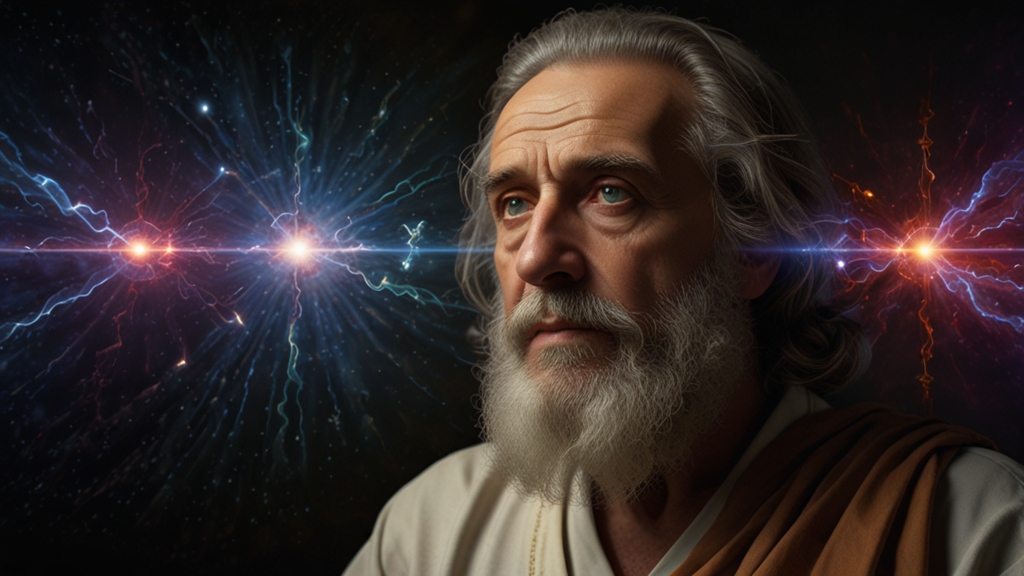Did Crucifixion Really Happen? The Debate that Divides Scholars
The practice of crucifixion, most famously associated with the execution of Jesus Christ, remains one of the most debated topics among historians, archaeologists, and theologians. The method of execution wherein an individual is nailed or bound to a cross and left to die, often in excruciating agony, has a profound influence on both historical and religious narratives. But did crucifixion really happen as the texts describe? This debate polarizes scholars, igniting discussions that delve into historical evidence, textual analysis, and theological implications.
The Historical Evidence
Archaeological evidence for crucifixion is sparse, which has led some scholars to question the prevalence and specifics of the practice. The most compelling piece of evidence comes from the discovery of a heel bone with a nail through it, found in a burial site in Givat HaMivtar, Israel, in 1968. This find is often cited as concrete proof that crucifixion was indeed practiced by the Romans, especially in Judea. Yet, for many, one artifact is not enough to establish a widespread method of execution.
"The Givat HaMivtar heel bone offers significant evidence that crucifixion was practiced, but it remains singular and does not sufficiently establish the prevalence of the method," notes Dr. Rachel Miller, an expert in Near Eastern archaeology.
Textual Accounts
The New Testament provides the most detailed accounts of crucifixion, particularly of Jesus of Nazareth. In addition to Christian texts, Roman historians such as Tacitus and Jewish accounts like those of Josephus mention crucifixion. These written sources describe the method in considerable detail, lending support to its historical reality.
However, some scholars argue that these accounts are thematic and theological in nature rather than strictly historical. They suggest that the Gospel writers could have employed crucifixion as a narrative device to convey deeper meanings, rather than recounting a factual event.
Theological Implications
The crucifixion of Jesus is a cornerstone of Christian theology, symbolizing sacrifice, redemption, and divine love. Questioning its historicity inevitably touches on these profound religious beliefs, making the debate not only historical but also deeply emotional and spiritual for many believers.
"For Christians, the crucifixion is not just a historical event but a pivotal moment in the story of salvation. It is essential for understanding the faith's core teachings," remarks Rev. John Halliday, a theologian and pastor.
The Skeptical View
In contrast, some scholars take a more skeptical position. They argue that the lack of extensive archaeological evidence, coupled with the potential for narrative embellishment in ancient texts, casts doubt on the traditional accounts of crucifixion. These scholars often call for a more critical examination of both the archaeological record and ancient literature.
Furthermore, they highlight that Roman methods of execution varied widely, and crucifixion may not have been as common as traditionally believed. Questions are also raised about the logistics and practicality of mass crucifixions described in historical texts, suggesting that alternative methods of execution could have been more prevalent.
"We must approach ancient texts with a critical eye, recognizing the potential for exaggeration and myth-making," asserts Dr. Anthony Richmond, a historian specializing in Roman history.
Conclusion
The debate over the historicity of crucifixion remains unresolved, with compelling arguments on both sides. The limited but poignant archaeological evidence, coupled with detailed textual accounts, suggests that crucifixion was practiced by the Romans. However, the extent to which it was used, and the specific details of its implementation, remain shrouded in mystery.
As scholars continue to explore this contentious topic, it invites us to reflect on the nature of historical evidence and the ways in which our understanding of the past is continually shaped and reshaped by new discoveries and interpretations. Whether crucifixion stands as a historical fact or a theological symbol, its impact on both historical scholarship and religious thought endures.







